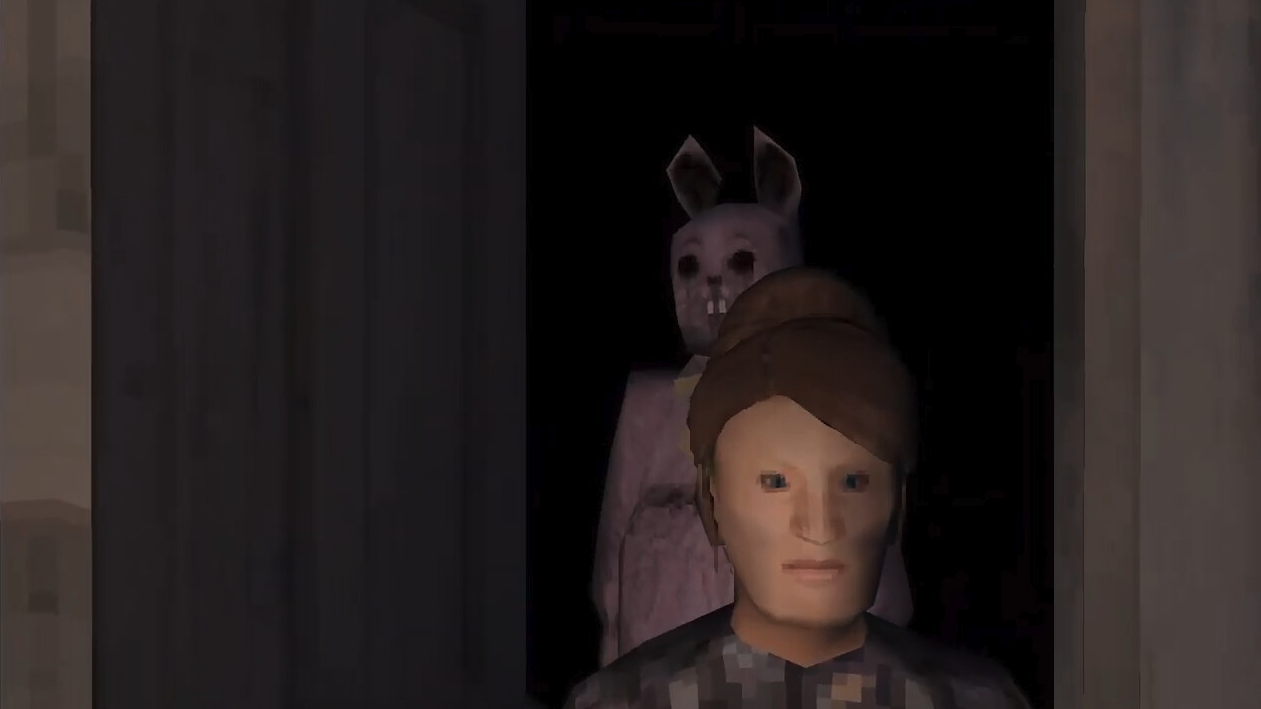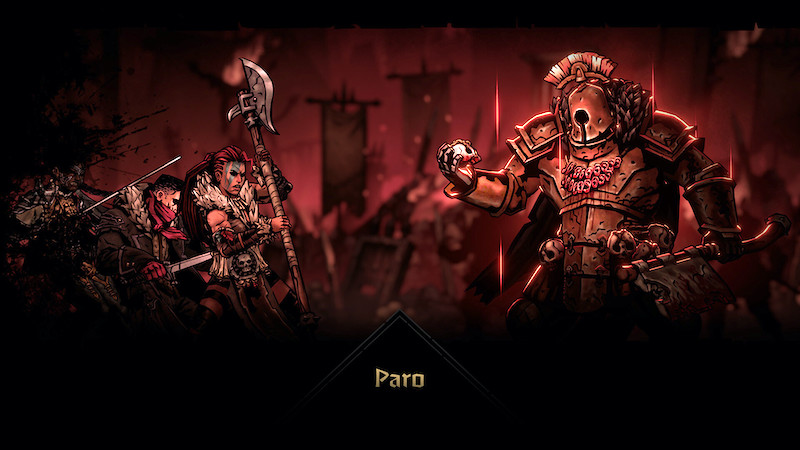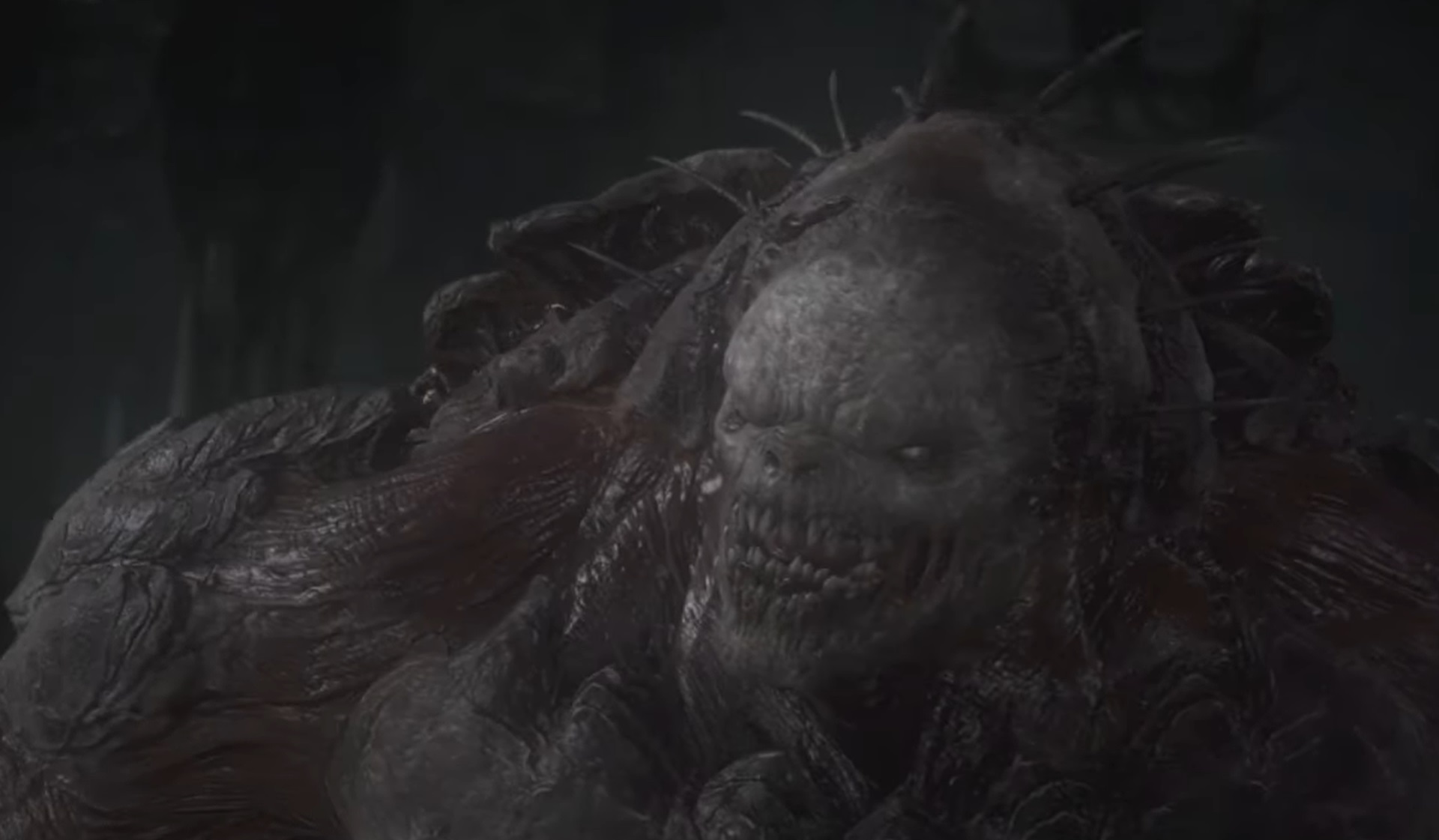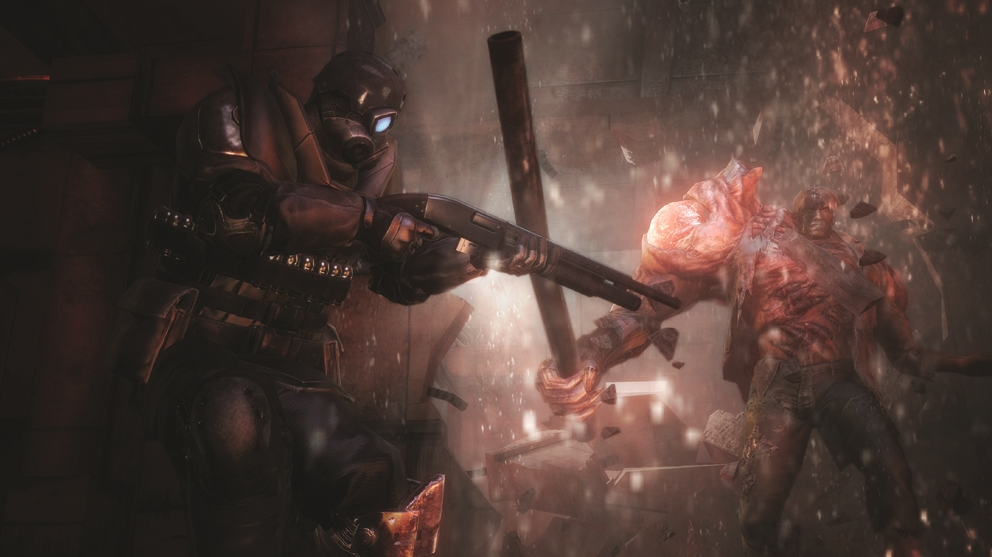
Monster Mania: The Iconography of Puppet Combo Games
Monster Mania is a weekly column celebrating the unique and varied monster designs in horror gaming.
My love of monsters doesn’t begin and end with games. This fascination stems from an adolescence spent recording horror movies off of TV, often taping over my dad’s Red Sox highlight VHS tapes in the process (sorry, Dad). This fascination grew with each new gruesome and gory late-night horror discovery. Night of the Living Dead, The Thing, and The Fly are back-to-back bangers that would define and refine my infatuation with fucked up freaks of the night. And few game developers have been able to channel that late-night grunge horror aesthetic quite like Puppet Combo.
As a self-proclaimed “triple-B horror developer,” Puppet Combo (aka Ben Cocuzza) has never shied away from his work’s evident horror film influence. Look at any cover for any Puppet Combo game; that influence is clear as day. Babysitter Bloodbath, Night of the Nun aka Nun Massacre, Murder House; I’m sure a few of your favorite films just came to mind, right?
The box art for Puppet Combo games has always screamed off of webpages, similar to how horror movie covers used to jump off of video store shelves. Disturbing killers gracing covers symbolic of classic horror films and, more importantly, an understanding of what gives killers their iconic presence.

Covers such as Babysitter Bloodbath (Cover art by Markus Bülow) or Nun Massacre (cover art by Patrick Driscoll) remind me of the first time I stumbled upon the DVD cover for John Carpenter’s Halloween while wondering the isles of Suncoast Motion Picture Company. It was an era of horror where covers proudly displayed their killer with the revere they deserved, unafraid of stepping from the shadows to reveal their signature look.
Making killers easily identifiable with a personality that stems from their design but also embracing that singular uniqueness in how they function within a game’s given world is of the utmost importance in nailing these designs.
Take Murder House’s fluffy fiend, The Easter Ripper (designed by Fleshsqueeze), a mad serial killer that dons a purple rabbit suit. Despite the festiveness, this killer shows it’s no laughing matter because of the sickle he wields and a tendency to squeeze the player to death should they get within reach of him. Striking from a visual standpoint, the more the player explores the setting of Murder House, the more they can learn about this sadistic killer and the significance of their specialized look.
Taking even the most ludicrous of designs and making them terrifying has been Cocuzza’s bread and butter for a decade-plus of game development. His penchant for crafting sleazy, sicko killers has become the tentpole of Puppet Combo experiences, and this has spread to other horror games within the PSX horror space. This distinct vibe of Puppet combo experiences and craft applied to its killers would continue with creating the indie horror publishing label Torture Star Video. Founded by Puppet Combo, Torture Star Video’s mission is to fund and publish independent horror games from other developers. And while developers are free to pursue their own vision of horror, the DNA of Puppet Combo’s horror sensibilities is what links all of these titles together.

Whether that be Jordan King’s grotesquely varied zombie designs in Night at the Gates of Hell, Cubyte Games’ sickle-wielding psycho in Deadly Night, or COMP-3 Interactive’s swine-obsessed psycho in Rewind or Die, Puppet Combo’s influence is evident. Part of what makes these killer designs impactful is their existence within the PSX horror genre. No matter the gameplay style or narrative being told, Puppet Combo and Torture Star Video titles are easily identifiable due to their PlayStation-era presentation. Utilizing a graphical style that harkens back to 90s visual sensibilities has always given these games their grimy and unnerving texture before they even begin. These experiences are known for including visual sliders, such as VHS filters or boob-tube era TV tracking lines, that help to transport players back several decades. When played in the modern day, the old-school presentation of Puppet Combo’s games, contrasted against their violent content (which would never have flown back in the era this presentation is evoking), makes each game feel like a long-lost forbidden relic. The type of game you would look over your shoulder to make sure no one was watching you before playing.
Basically, if you are a card-carrying member of the sicko cinema fan club, the dark depths of Puppet Combo and Torture Star Video’s creations will be right up your alley.
As someone who has only become familiar with Puppet Combo and Torture Star Video’s catalogs over the last few years, there’s something gratifying about finding comfort in what the masses undoubtedly view as bizarre. Oddball, disturbing horror titles that channel the elements that made me fall in love with horror and monsters, both supernatural and man-made, decades ago as a kid, are compartmentalized into games that take a handful of hours to complete. Nostalgia, interlaced with continually evolving types of horror experiences designed and produced, has allowed Puppet Combo and all of his hellish creations to pave the way for an entire sub-genre of indie horror.
For more horror game reviews, opinions, and features, check out DreadXP.




